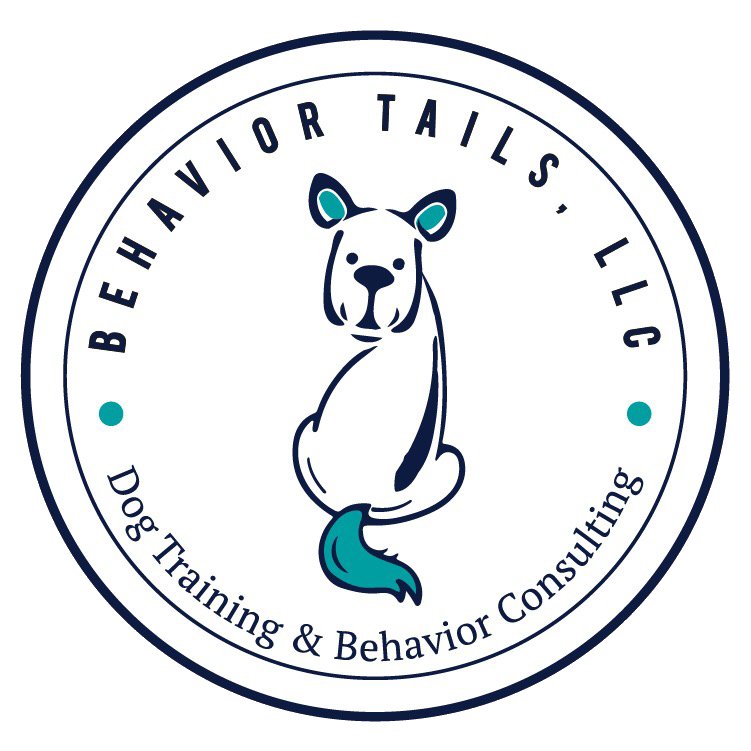It’s that time of year again. Summer is coming to a close, and while we are planning our Fall Schedule of classes, families with kids are preparing to return to school. There is a funny thing about school, we expect to go to school, learn things and then graduate and be done. When it comes to your dog though, there is a problem with this thinking. Your dog is stuck as an eternal 2.5 year old toddler. This means that they are always learning. Every interaction, everything you do with them, they are learning something from you.
Dogs are professional human watchers. Predicting your behavior means that they can predict what will be happening in their life. This translates to them learning your routines, your patterns, and what each of your decisions and movements mean to them. What shoes you are wearing indicates a walk versus work. If they pick up a toy you might ignore them, but if they steal the kitchen hand towel you’ll chase them around for a while. In the same vein, if the ball goes under the couch, and they bark, you’ll retrieve it for them. If they potty on the walk you’ll turn around and go home. Jumping equals hands touching me and full attention from you.
These daily interactions will shape your dog’s behavior better than training sessions because daily interactions are patterns that are predictable and easily repeatable. Your dog is repeating the behaviors they know and that work best for them. If you don’t like the behavior you’re seeing, training will help establish new behaviors to replace the old ones, but until these new behaviors become the routine, the habit, the most valuable behavior to your dog, it won’t replace the old unwanted behavior.
So then the question becomes HOW do we do this. How do we change our behavior? How do we set up routines? How do we set up the scenario so the we are creating the new (desirable) habits?
First, set up your environment to work with and not against you. One of the easiest ways to set you and your dog up for success is to keep treats in the locations you know you need them most.
Some examples:
- if I have a dog who I’m trying to help with crate comfort, I’ll leave the treats right on top of the crate (in a safe container of course)
- for a dog who is struggling to stand still for a leash or harness being put on, set up a harnessing station and have the treats right there so you’re ready to work on it every time you harness the dog
- do you tend to forget to take treats on walks with you? Get a treat pouch and keep it in the same place you leave your leash.
With practice and attention, your dog will learn new habits that work for both of you!
What are some routines you have that you don’t like? What new behaviors would you like help with? What are some things that you’ve “accidentally” taught your dog?


